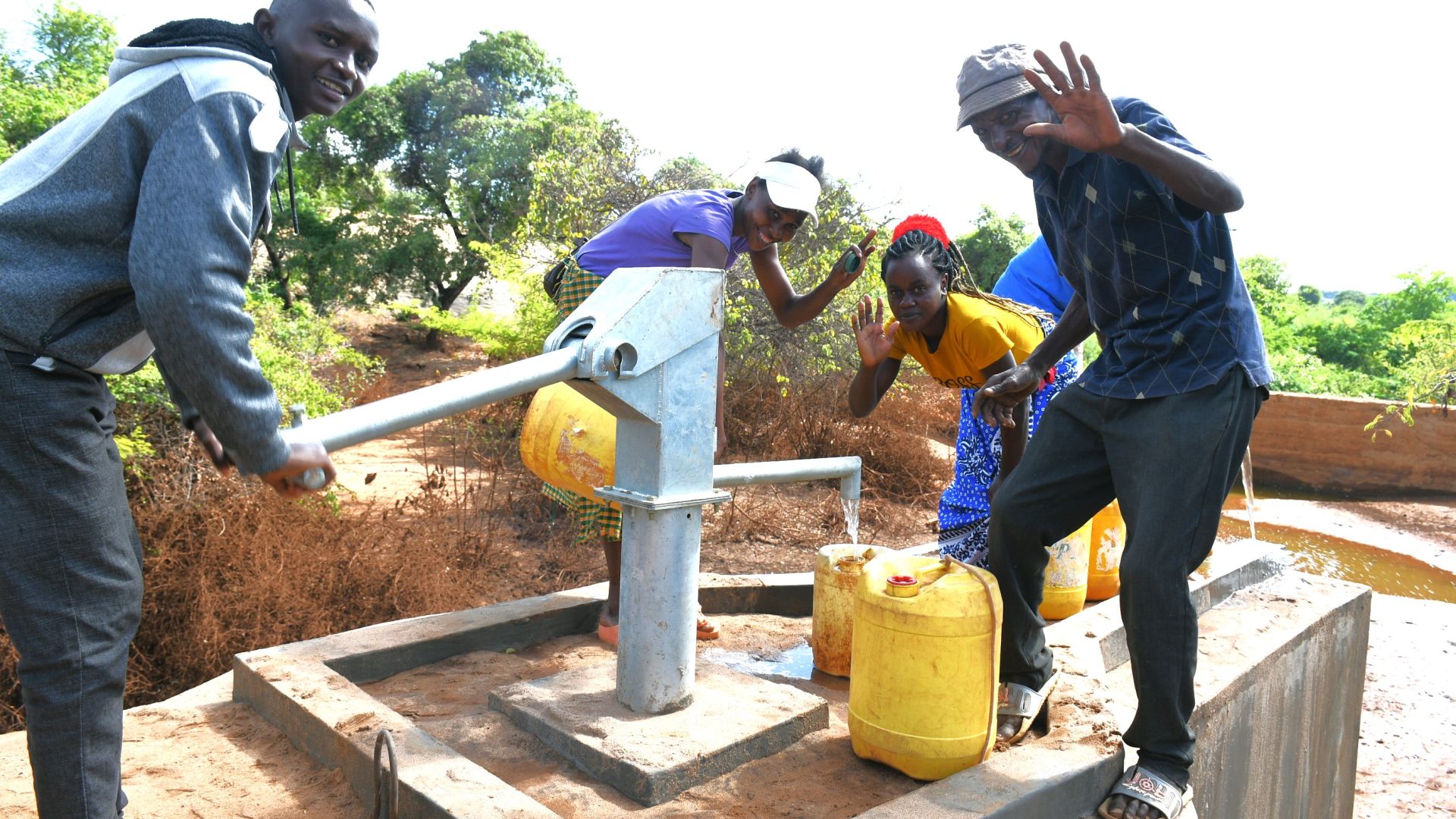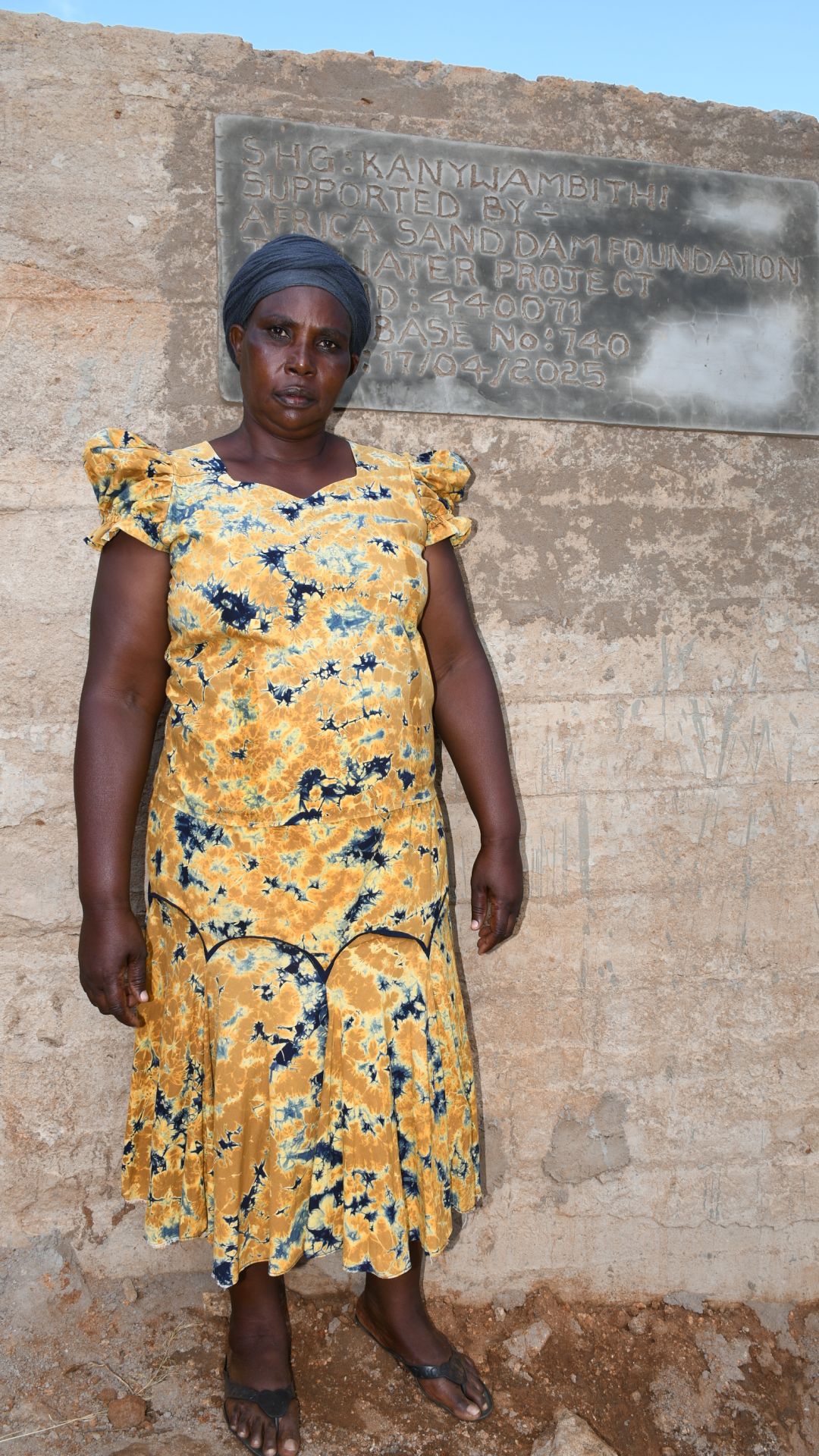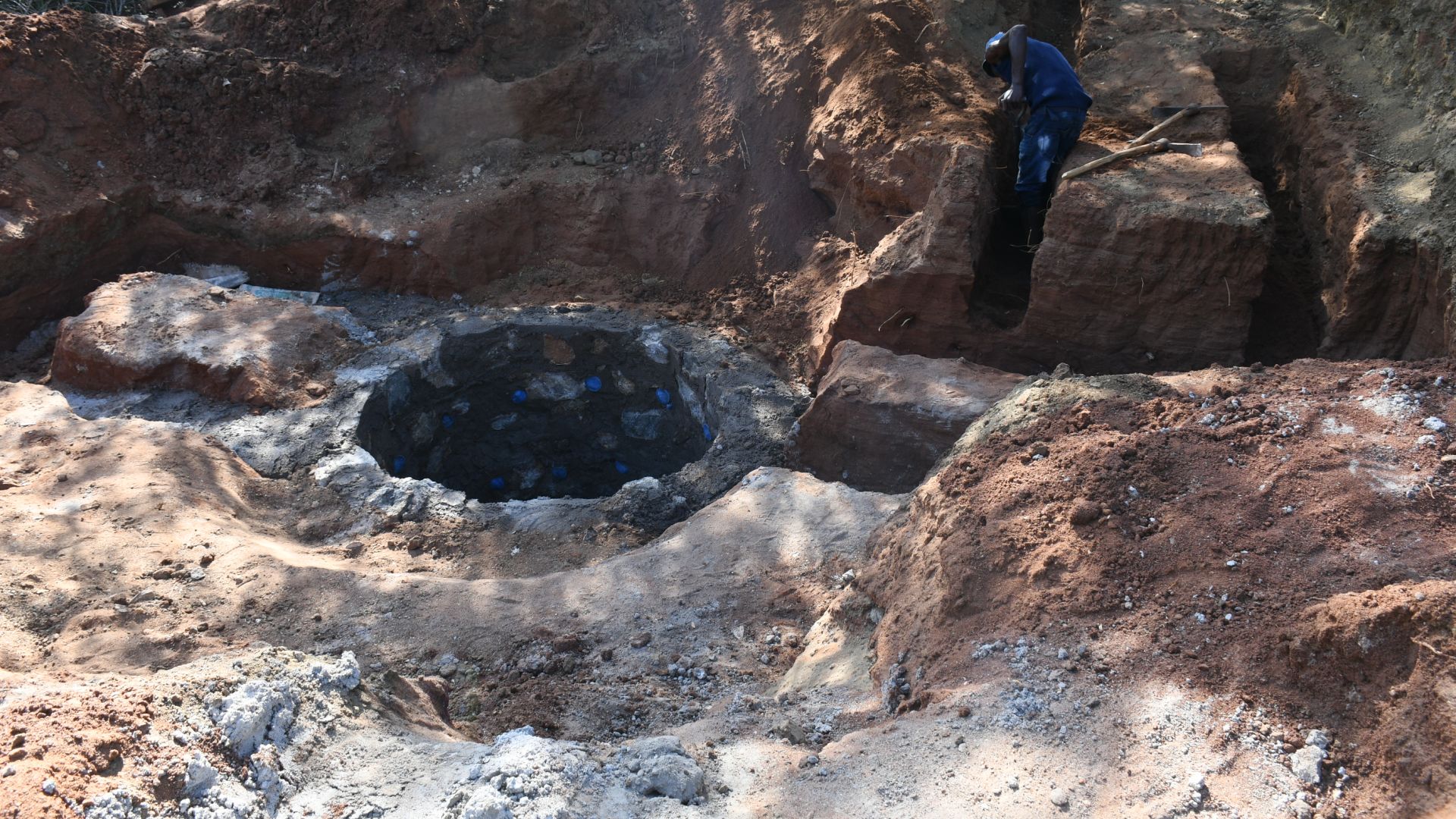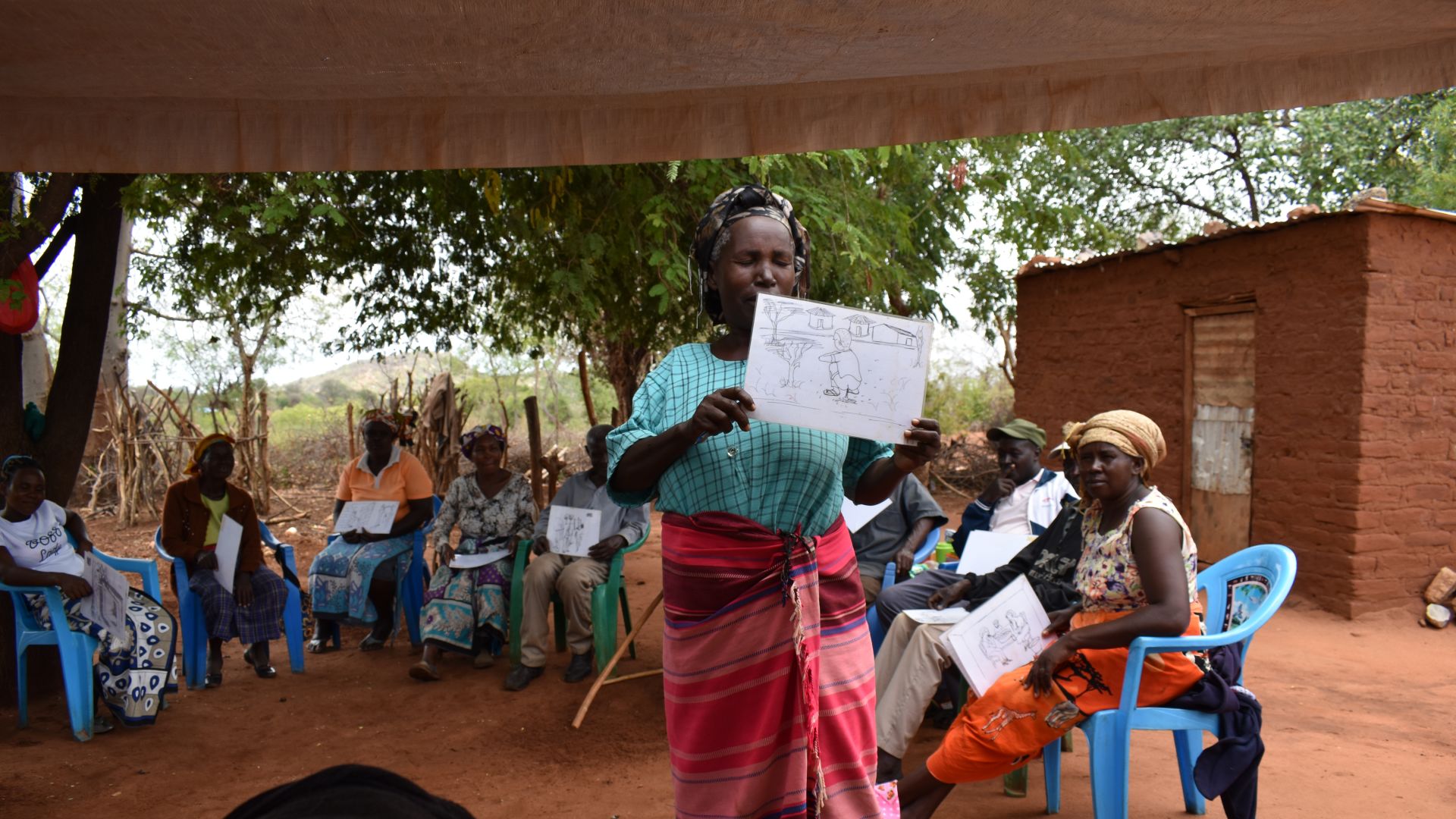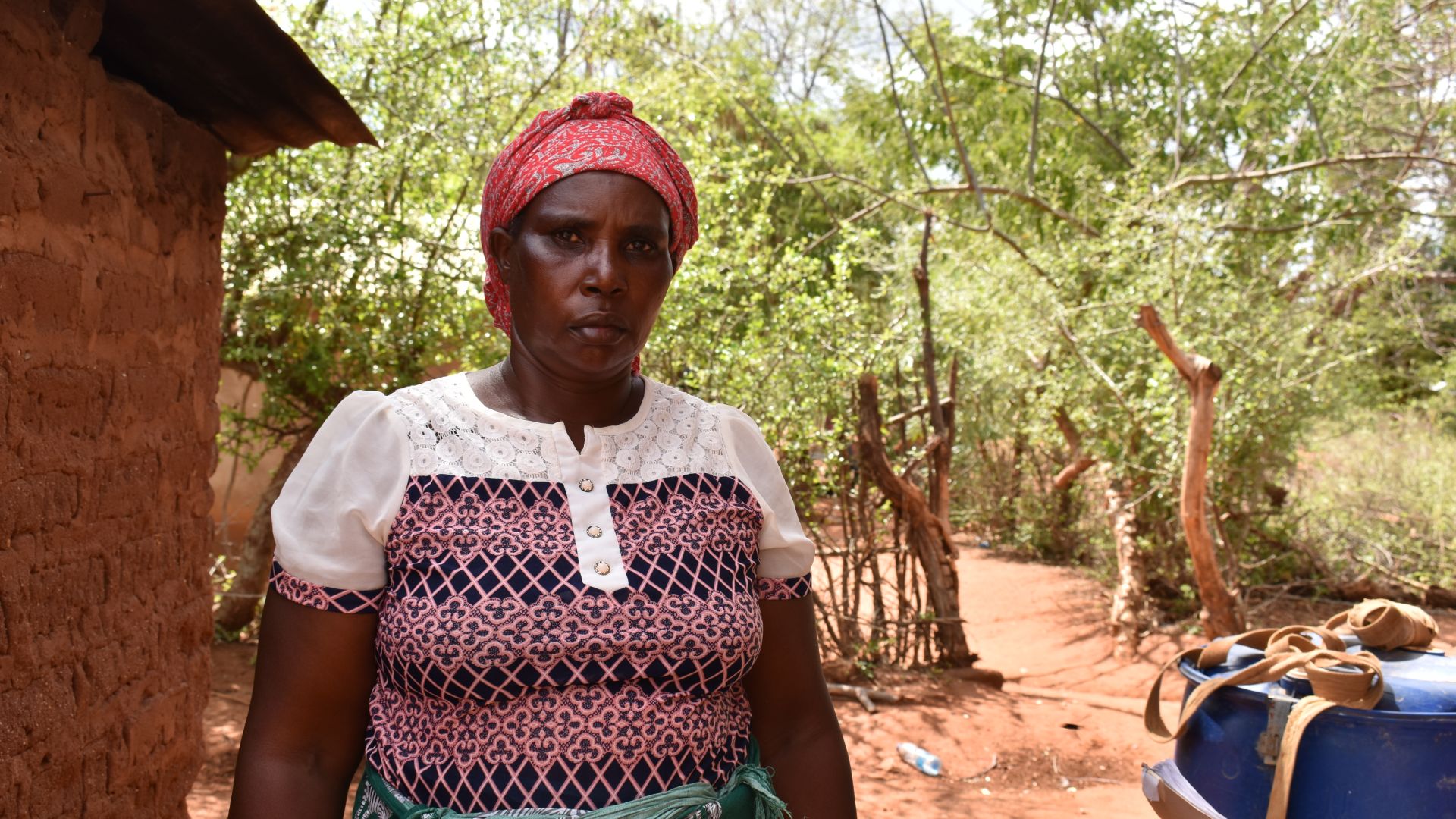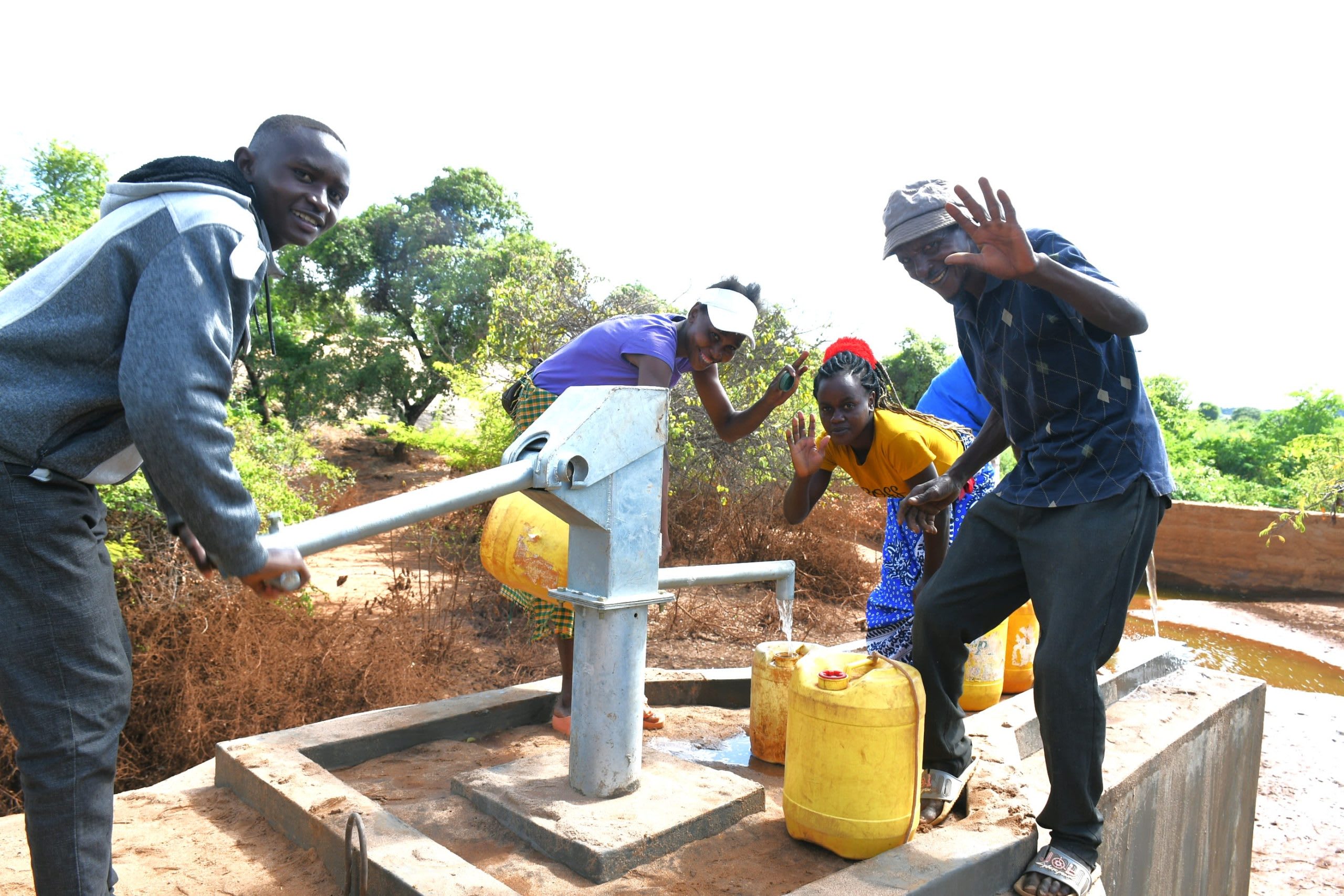The Syandu Community is in a semi-arid region of Southeast Kenya. The 3,000 people living here deal with a daily water crisis. They struggle to collect sufficient water to meet their daily needs because drought is common, and the area is mostly bare, rocky, and dusty.
Community members mostly rely on faraway scoop holes dug into dry river beds for their daily water. Reaching the water source consumes much of their daily time and energy. They are also wide open to contamination, and as a result, people often report suffering from water-related illnesses after consuming the water.

Walking to collect water.
"Getting water from the current water points is tiresome because they are located far away, which leaves little time and effort to focus on activities like conducting household chores, cultivating their lands, or taking care of their cattle. Hygiene and sanitation have severely been affected because residents barely get enough water for cooking or drinking, let alone performing hygiene duties," reported Field Officer Alex Koech.
"Hearing about their daily routine was pitiful because fetching water is the main agenda of the day most of the year. They return home each day exhausted and unable to put their energy [into] ways of improving themselves," Alex continued.
Seventeen-year-old Kennedy is familiar with the daily challenge of finding enough water. He spends nearly four hours a day collecting water, leaving little time for learning or enjoying his childhood.

Kennedy carrying water.
"We experience very little rainfall in our area and long drought periods. It is very sad that we have [to] live in such hostile conditions, but this is our home. The water point is far away, and going by myself is dangerous because you sometimes find snakes that hide in the bushes beside the road. I feel very bad because the journey is very tiring, but I have to obey my parents. During weekends or school holidays, I have to fetch water for my family rather than revising what was taught in school," said Kennedy.
As Kennedy noted, he doesn't enjoy collecting water, but like many children in Kenya, he is expected to do it. To make matters worse, it is frustrating that the water point is often overcrowded, and people cut the line, causing further delays that keep Kennedy away from home and school.
"The water point is far away, and you will always find other people lining up for water. Some people feel they should fetch water before others because of their social status in the community. Some individuals get paid to deliver water to homesteads, and they might want to fetch water first at the expense of others.

Kennedy collects water from the scoop hole.
Kennedy has dreams for the future but will find it difficult to accomplish them until he has access to clean, reliable water.
"When I grow up, I want to be an engineer," shared Kennedy.
The new proposed water point will be much closer to Kennedy's home, saving him time and energy. We asked him what he would do when he didn't have to spend all of his time getting water.
He said, "I would spend my time playing football with my friends or studying."
Solving the water crisis in this community will require a multifaceted system that will work together to create a sustainable water source that will serve this community for years to come.
Note: Our proposed water point can only serve 300 people per day. We are working with the community to identify other water solutions that will ensure everyone has access to safe and reliable drinking water.
Steps Toward a Solution
Our technical experts worked with the local community to identify the most effective solution to their water crisis. Together, they decided to construct a dug well and sand dam.
Dug Well Near A Sand Dam
Once a sand dam is installed and has time to mature by gathering sand and silt, groundwater increases significantly in the entire area surrounding the project. This provides a reliable source of groundwater that wasn’t possible before. As a result, wells can be constructed to take advantage of the water stored and filtered in the collected sand.
During construction, we build a platform for the well and attach a hand pump. The community gains a safe, enclosed water source capable of providing approximately five gallons of water per minute.
This dug-well will be connected to a sand dam to obtain water.
Community Education & Ownership
Hygiene and sanitation training are integral to our water projects. Training is tailored to each community's specific needs and includes key topics such as proper water handling, improved hygiene practices, disease transmission prevention, and care of the new water point. Safe water and improved hygiene habits foster a healthier future for everyone in the community. Encouraged and supported by the guidance of our team, a water user committee representative of the community's diverse members assumes responsibility for maintaining the water point, often gathering fees to ensure its upkeep.

 Protected Dug Well
Protected Dug Well
 Rehabilitation Project
Rehabilitation Project












